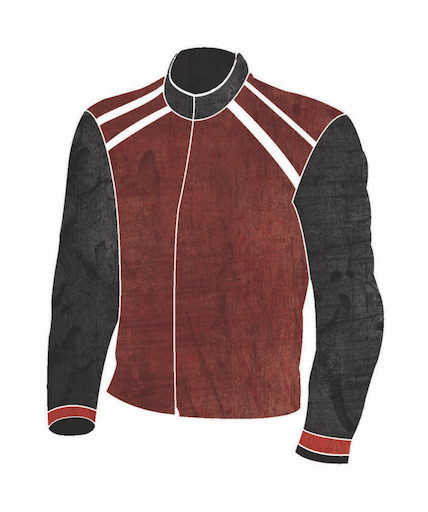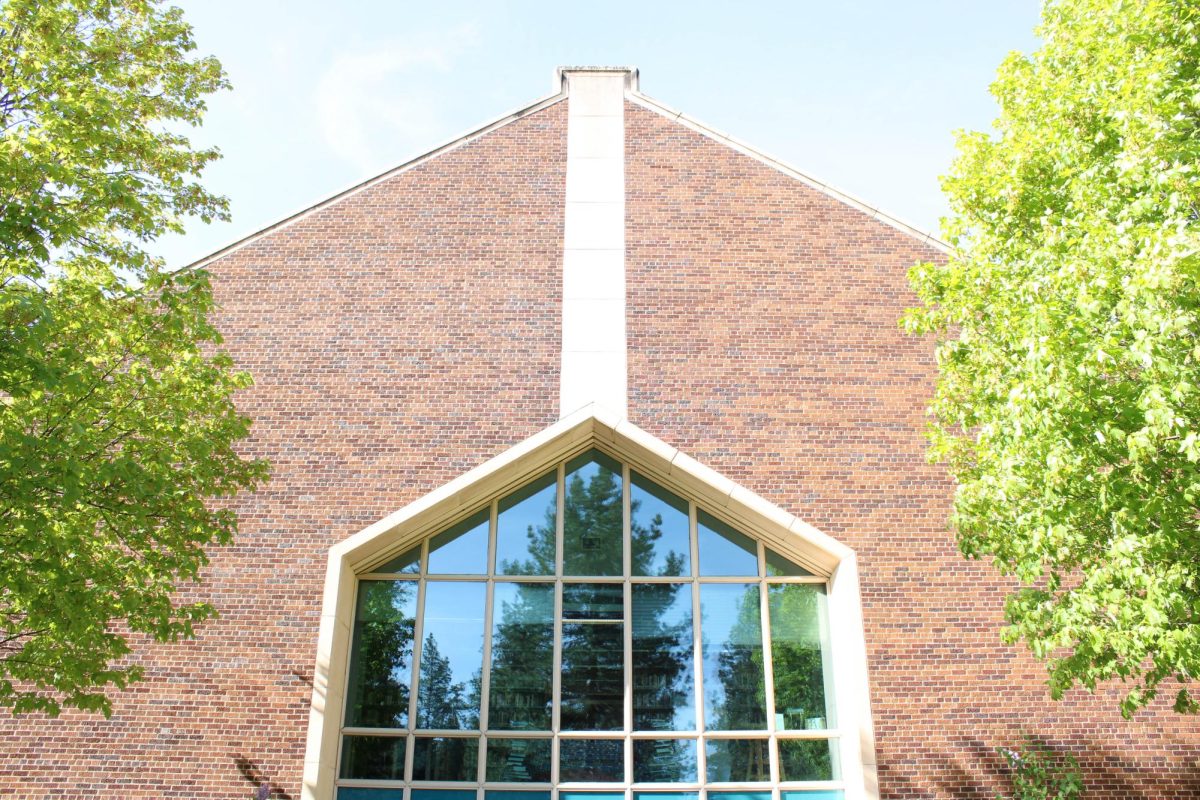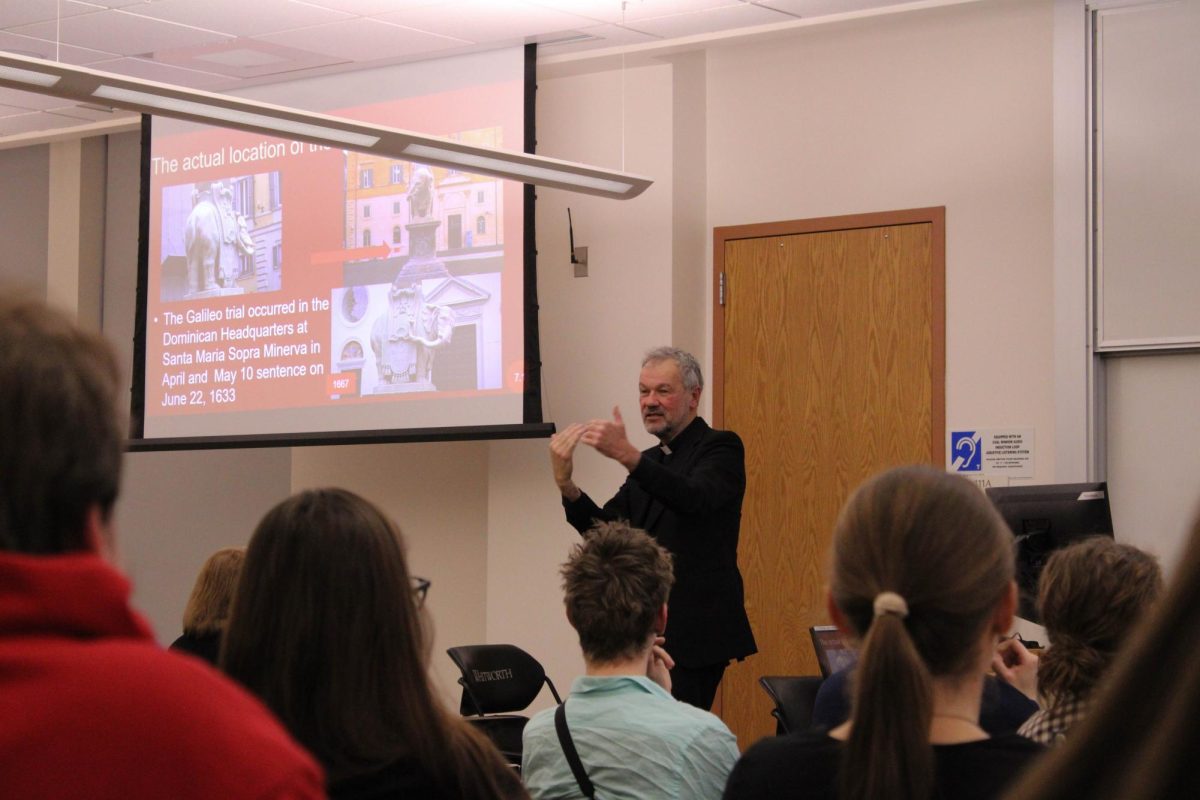Spokane winter weather is often unpredictable. There’s a reason, after all, why so many Spokanites quote the adage, “If you don’t like the weather, just wait a few minutes.”
According to the City of Spokane Street Department, the official snow season in the City of Spokane is from Nov. 15 to March 15. A “snow event” can be declared at any time during those four months. There are two stages of snow events, during which the Spokane Street Department enacts snow removal activities, parking restrictions and their Communications Action Plan.
The City of Spokane will declare a Stage 1 snow event when there is at least two inches of snow on the ground and at least four more inches expected during the same snow event. In Stage 1, snow removal activities include plowing, sanding and de-icing take place on all arterials, STA bus routes, hospital districts, outlying access routes and residential hill routes. The city will declare a Stage 2 snow event once six inches of snow have fallen and more is anticipated in the same snow event. In Stage 2, snow removal activities are expanded to all residential streets. According to the Spokane Street Department, full plowing of the city takes approximately four days.
During conditions in which the Spokane Street Department cannot effectively keep all roads plowed, the City will resort to the Snow Corridor Plan. Under this plan, the Street Department will plow only specified main streets, dubbed “snow corridors,” which residents can rely on to be clear routes through town. A list of those snow corridors, as well as more information on snow removal activities, parking restrictions during declared snow activities, and the City of Spokane’s Communications Action Plan during those activities and plowing routes can be found at spokanestreetdepartment.org/snowplow.htm.
The City of Spokane has a fully-constructed plan for winter weather. Residents of Spokane can be just as prepared for the bad conditions.
1. Prepare Your Vehicle
Making sure your car is equipped for the snow is important.
This means making sure you have the right tires on your car. It also means ensuring that the belts and inner workings of your vehicle are operating correctly.
“Tires are 90 percent of traction on the road… Studless snow tire technology is actually better now than studded ones,” said Mark McCune, who has worked as a driving instructor at B&B Driving School. “Also, make sure you get your car inspected.”
“The biggest thing is, know your car. If you’re not familiar with driving it in the snow, get out, go to a parking lot and learn how your car acts and react in snowy or icy conditions,” State Farm agent Darren Young said.
Knowing how your car handles the snow will better prepare you for possible accident situations.
2. Slow Down & Allow Extra Time
Generally, when driving in bad winter conditions drivers should drive five to 10 mph below the speed limit, McCune said. Stopping times are longer on snow and ice, and driving slowly allows better traction.
“The higher your speeds, the harder it is to control your car,” McCune said.
3. Use Caution & Be Aware
Paying attention to what is going on around you is even more important in winter weather than normal. This applies not only to what you and your car are doing, but to what other cars or pedestrians around you are doing as well.
“Predominantly the biggest factor [in accidents] is that people aren’t paying attention,” Young said. “They’re not giving themselves enough time to get to their destination because of the inclimate weather. People get on snowy or slick roads and they continue to drive like it’s still dry pavement. It’s not only looking out for yourself as the driver, it’s also looking out for the other person who might not necessarily be looking. You’ve always got to be scanning.”
4. Keep a Safe Following Distance
Keeping your distance from other cars is important, especially on city roads where it’s easy to follow too closely.
“When there’s snow on the road, you’ve got to make that cushion at least double in length,” McCune said. On highways and interstates, it is advised to lengthen the distance even more.
“Bad things can happen really fast at higher speeds,” McCune said.
KREM 2 News also warns explicitly against following plows too closely. In an online article, KREM 2 warned, “Keep at least two car lengths behind snowplows for every 10 mph you drive. Never drive through the snow being ejected from the plows – the force of the spraying snow can throw your car out of control.”
5. Turn into the Spin
Even the safest of drivers are in danger of their cars slipping on black ice. Driving courses teach that when this happens, the driver needs to turn the steering wheel in the direction they are skidding.
“The tendency is to put your brakes on and that’s exactly what you don’t want to do. When you start to lose control of your car, immediately take your feet off the pedals and steer into the skid,” McCune said.
For example, if one is turning left and the vehicle begins to skid to the right, one should turn the wheel to the right, thereby turning into the skid.
McCune also emphasized the importance of not over-correcting when spinning out.
6. Use Your Brakes Correctly
Coming to a stop in the snow or on ice is a lot more difficult than stopping on dry pavement. Minimize braking when at all possible, and let the car slow itself, McCune said.
“An analysis I’ve tried to use to explain is for your brake pedal, you’ve got an egg between the brake pedal and your foot. You’re gingerly hitting that brake pedal. If you’ve got a manual transmission, you can shift down,” Young said.
It’s important know what kind of brakes you have. If you own an older car, it is possible your car does not have an anti-lock braking system (ABS). In situations when you must uses your brakes to regain control, knowing how to use your brakes could help you avoid collision.
“More winter accidents happen when people suddenly brake and then realize they have no traction,” McCune said.
Contact Alanna Carlson at acarlson17@my.whitworth.edu










 Spokane?
Spokane?